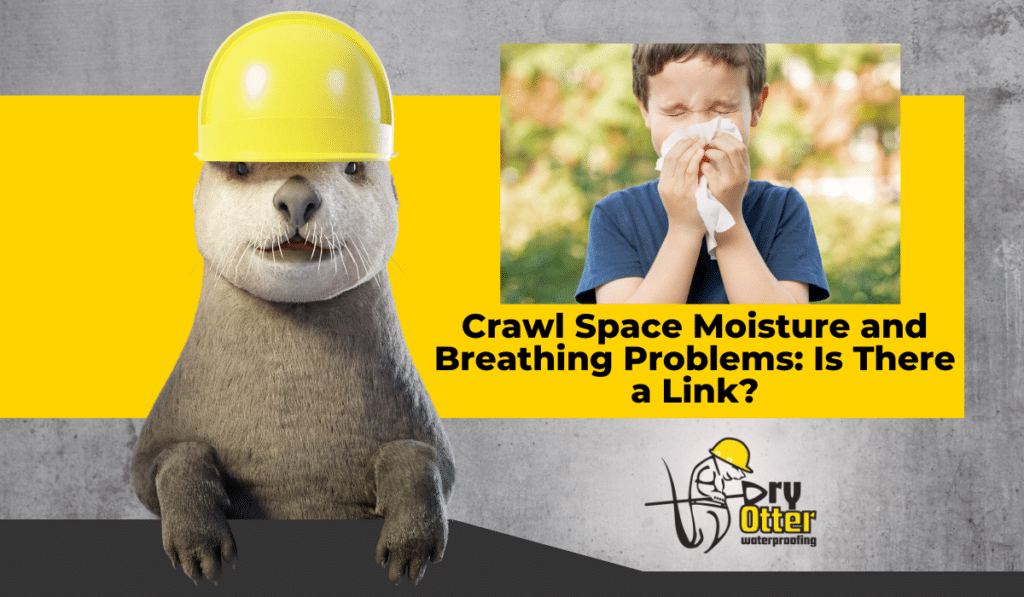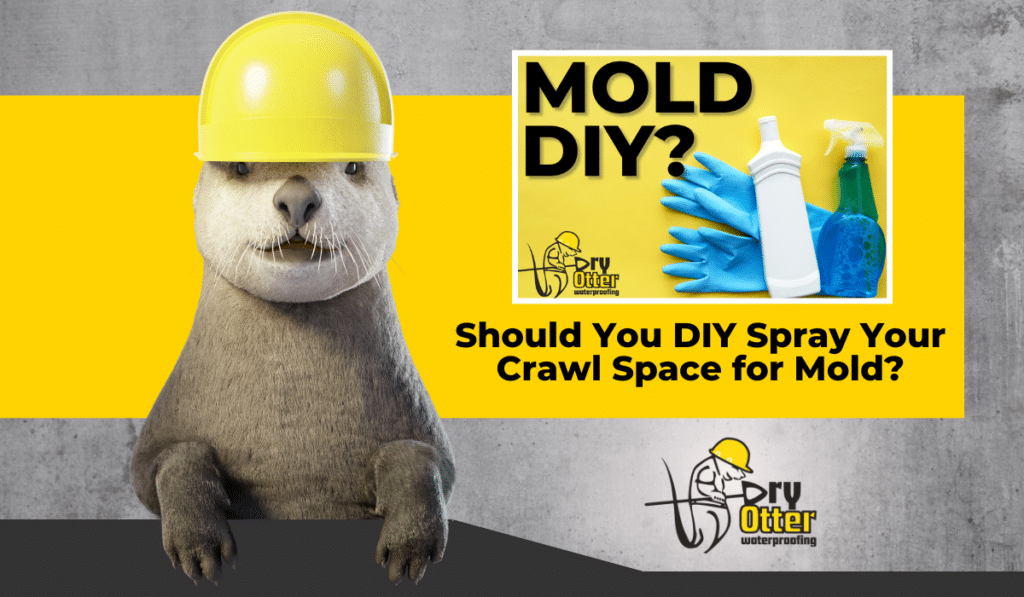Mold may seem harmless, but it isn’t. Mold spores thrive in damp, humid environments that can be hard to detect with the naked eye.
If mold is present, it must be dealt with immediately because it can cause serious health risks, such as respiratory issues, allergies, and chronic illness.
This article will cover easy DIY detection methods and when a professional should be consulted.
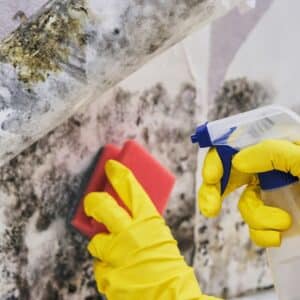
Why Mold Detection is Critical
Knowing how to detect mold in your house is crucial because it can cause serious health risks, such as respiratory issues, allergies, and other illnesses. Coughing, sneezing, and fatigue are common.
If you already suffer from any of these conditions, mold will only make them more severe. Mold negatively impacts your indoor air quality and the health of your family.
In addition to the severe health risks, mold can compromise the structural integrity of your home by releasing enzymes that can break down wood, drywall, and other building materials.
Over time, this can lead to sagging ceilings, rotting wood, and severe structural damage.
How to Check for Mold in Your House
How to check for mold in house areas that might not be obvious, like basements, crawl spaces, and bathrooms? Do you smell a musty odor? If so, it’s time to take a closer look.
Visible signs like discoloration, water damage, staining, sagging ceilings or floors, spongy areas on walls or floors, peeling paint or wallpaper, and warping are all signs you have a mold problem.
Mold hides in basements, crawl spaces, and bathrooms, so they should be inspected regularly. If you see signs of mold, it’s time to act.
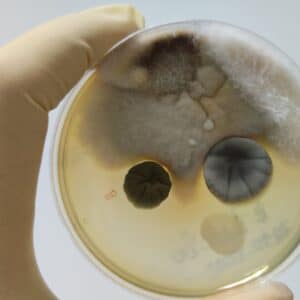
How to Detect Mold in Hidden Areas
The most common places mold will hide are under carpets, behind drywall, and within your HVAC system.
- Musty odor: Start by checking these areas for a musty smell.
- Carpets: gently lift a corner to inspect the underlayment for mold. Look for water damage or dampness.
- Drywall: Look for bulging or discolored drywall. If you suspect widespread mold, cut a small hole in the drywall and examine the cavity behind it.
- HVAC System: Inspect your HVAC vents for mold growth or discoloration around the vents. A professional can check for mold growth in the ducts, coils, and other components because they have the tools and expertise to clean and disinfect your unit if mold is present.
DIY mold test kits are available, but a word of caution: they aren’t always reliable, so you may need to take other steps to ensure mold is not present.
One of the best ways is to invest in a moisture meter. A meter measures the moisture content of the materials you want to inspect.
Scan different areas to check for elevated moisture levels, which may indicate mold growth.
How to Test for Mold in Your House
You can use a DIY home test kit to test for mold in your house. These kits work by collecting air samples or swabbing surfaces to analyze the results.
Air quality test kits: Place a collection device like a petri dish or air filter in the area you wish to test. The device will collect airborne mold spores.
Incubation: Next, you incubate the collection device in a controlled environment, allowing mold spores to grow and become visible.
Interpretation: Results are compared against a chart/images to determine the presence and severity of mold in your air.
Surface swab kits: Surfaces like walls, ceilings, or carpets are swabbed, and the collected mold spores are placed in a testing solution or sent to a lab for testing.
DIY testing can be helpful but doesn’t always provide accurate results. Even if the test kit shows mold growth, the type or severity can’t be determined.
The other problem with home test kits is false positive results. These can occur if the test kit isn’t used correctly or if other contaminants are present in the air, leading to misleading results.
If you suspect a mold problem, especially in a large area, you should call a professional mold and remediation specialist for a complete evaluation and treatment.
A professional like Dry Otter Waterproofing has more advanced techniques and experience to address your mold issues best.
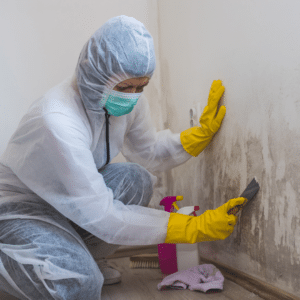
What to Do If You Find Mold
Mold poses a significant health hazard, so immediate attention and removal are critical.
You can use regular household cleaners to tackle areas of small mold growth, but widespread mold, or if you aren’t sure how bad your problem is, is best left to the experts.
Dry Otter Waterproofing has the tools and expertise to tackle your mold when it’s in your crawl space.
If you suspect mold or cannot locate it, schedule a free inspection with Dry Otter today!


